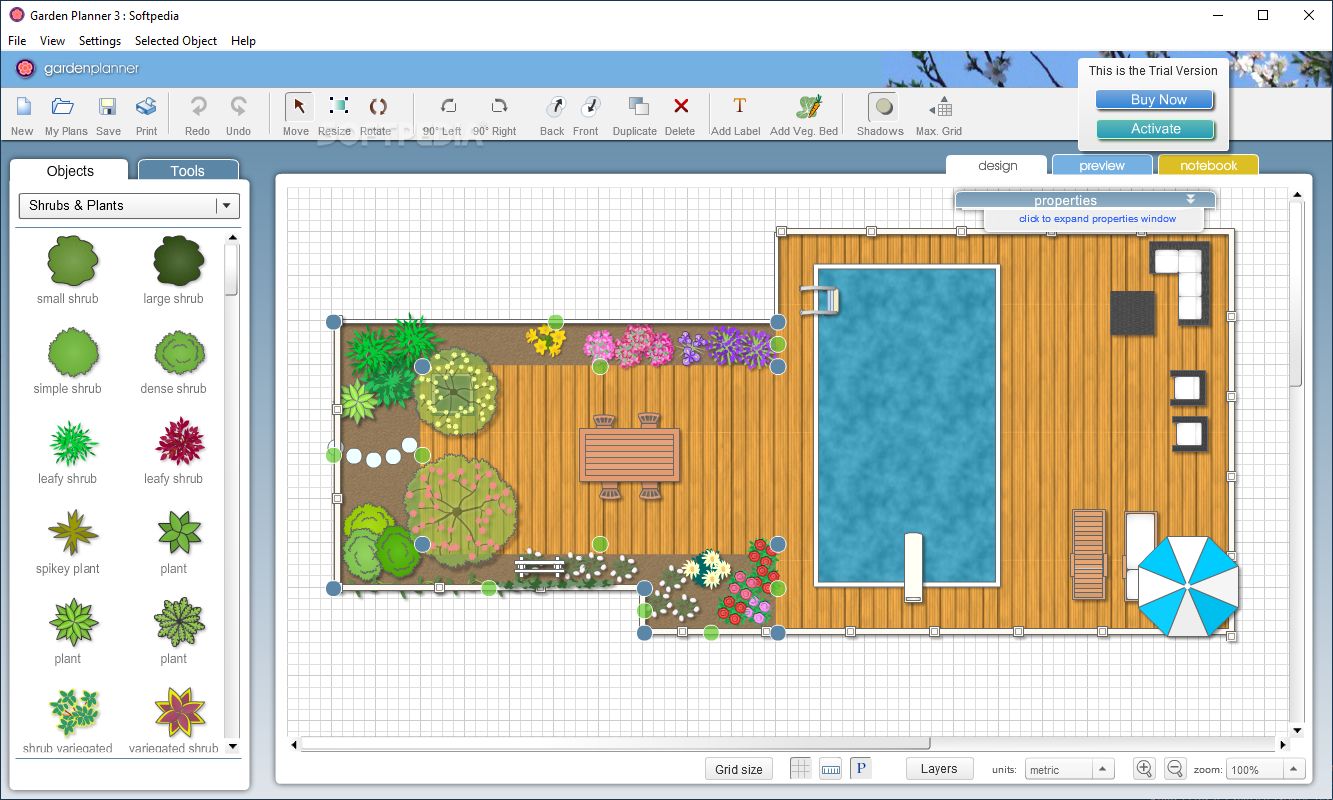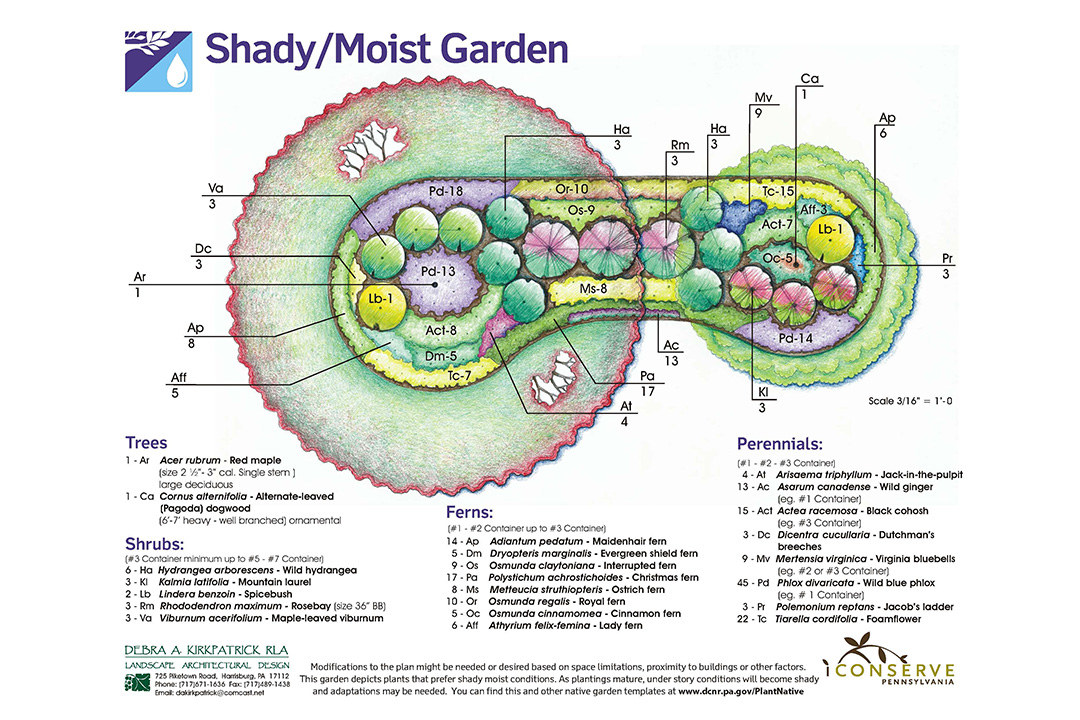Garden Planner 3 6 36 – Plan Your Garden
adminMay 01 2021
Garden Planner 3 6 36 – Plan Your Garden
- A free online garden planner can help you plan the layout of your garden, from what you want to grow, to where each plant goes. Plans like these help you stay organized while your garden thrives and is a great tool to help you think ahead.
- Step 2 - Plan Your Garden Layout. After choosing a garden site, the next step is to plan the arrangement of crops in the garden. First consider each of the points listed below. Then sketch a map of your garden area showing the location of each vegetable, the spacing between rows, and the approximate dates for each planting.
- The best time to buy your seeds is 3 months before you want to plant your garden. Some seeds you’ll want to start raising into seedlings a month before you intend to plant them. Whilst others you can plant directly into the soil when the ground is warm enough for them to germinate.
Planting a vegetable garden is an enjoyable experience. With careful planning and preparation, you can have a good harvest.
Winter Planning. While your garden lay asleep for the winter, take a step back and spend some time on planning you garden. Landscape designers in Los Angeles, Connecticut, and Chicago share helpful insights on what you can do now to enjoy your garden this summer. Design your SFG garden online SFG Planner is created specifically for Square Foot Gardening. Now you can plan your Square Foot Garden online, quickly and easily, and get maximum results. Step 1: Define the garden beds Click and drag on the design surface to define your garden beds. A typical SFG garden bed is 4X4.

See individual vegetable pages for more information on growing specific crops in your home garden.
Soil preparation
Do not prepare your soil for planting when it is too wet or too dry. If soil sticks to your shoes or shovel, it is too wet. Press a small amount of soil in your hand. When the moisture is right, the soil crumbles and breaks into small clumps. If it is too wet, it stays molded in a ball.
Rake the planting area after tilling or spading. A firm, fine seedbed is best, especially for small-seeded crops.
Packing the soil too much could promote crusting of the soil surface and damage emerging seedlings.
Tilling the soil in late fall allows for earlier spring planting.
Soil testing and fertility
Have your soil tested to find out the right amount of fertilizer or manure to apply before planting.
A soil test will tell you if you need to add any lime, nitrogen, phosphorous or potassium to your soil.
Planning your vegetable garden
Timing is everything in the vegetable garden. Planting seeds at the right time ensures a bountiful harvest. Each crop has its own needs, including tolerance of cold temperatures.
Check the USDA Plant Hardiness Zone Map to see which zone you live in. The Midwestern Regional Climate Center has produced an up-to-date interactive map of first fall and last spring freeze dates.
You can sow early 'cool-season' crops such as lettuce, cabbage, cauliflower, broccoli, Brussels sprouts and onions right after preparing your garden plot.
Cool season crops must mature before hot weather. Start these crops early indoors or buy plants from a garden center.
You can sow sandy soils a little deeper than clay soils.
- Mark the rows by stretching a string tightly across the area where you want a furrow, or a long narrow trench.
- Use the corner edge of a long piece of angle iron or aluminum to create a furrow with a uniform depth.
- If you use the handle of a hoe or shovel, it may create uneven emergence of seedlings, especially with small seed vegetable crops.
Wait until after the last frost (mid-to-late May) before transplanting tomatoes, eggplants, peppers, summer squash, basil and similar 'warm season' crops.

Warm season crops need a long growing season. They will not mature if seeded directly in the garden. Begin warm-season crops later than cool-season crops.
You can seed cucumbers, pumpkins and watermelons earlier by placing hot caps over the soil one week before planting.
Hot caps warm the soil and help those crops germinate more quickly. Keep the hot caps on until the plants emerge and are growing vigorously.
Best time to plant vegetables outdoors
| Early Apr | Mid-Apr | Early May | Mid-May | Early June | Mid-June | Early July | Mid-July | Early Aug |
|---|---|---|---|---|---|---|---|---|
| Asparagus (crowns) | X | |||||||
| Beans, snap (bush) | X | X | X | X | ||||
| Beans, snap (pole) | X | X | X | X | ||||
| Beans, dry shell | X | |||||||
| Beans, lima | X | X | ||||||
| Beets | X | X | X | X | X | |||
| Broccoli | X | X | ||||||
| Brussels sprouts | X | X | ||||||
| Cabbage, early | X | X | ||||||
| Cabbage, late | X | |||||||
| Cabbage, Chinese | X | |||||||
| Carrots | X | X | X | X | ||||
| Cauliflower | X | X | ||||||
| Celery | X | |||||||
| Chard, Swiss | X | |||||||
| Collards | X | |||||||
| Cucumbers | X | X | X | |||||
| Eggplant | X | |||||||
| Endive | X | |||||||
| Horseradish | X | |||||||
| Kale | X | X | X | X | X | X | ||
| Kohlrabi | X | X | X | X | X | X | ||
| Lettuce, leaf | X | X | X | X | X | X | ||
| Lettuce, head | X | |||||||
| Muskmelon | X | |||||||
| Onion, seeds | X | |||||||
| Onion, transplants | X | |||||||
| Onion, sets | X | |||||||
| Parsley | X | |||||||
| Parsnips | X | |||||||
| Peas | X | X | ||||||
| Pepper | X | |||||||
| Potatoes, Irish | X | X | X | |||||
| Potatoes, sweet (roots) | X | |||||||
| Pumpkin | X | |||||||
| Radish | X | X | X | X | ||||
| Rhubarb | X | |||||||
| Rutabaga | X | X | ||||||
| Spinach | X | X | ||||||
| Squash, summer | X | |||||||
| Squash, winter | X | |||||||
| Sweet corn | X | X | X | |||||
| Tomato | X | |||||||
| Turnip | X | X | ||||||
| Watermelon | X |
- Start seeds indoors in plastic trays or peat pots that are three to four inches deep.
- A good soil mixture contains two parts loam, one part sand and one part organic matter.
- Thoroughly mix the soil in a wheelbarrow with a shovel and sift it through a one-fourth-inch mesh screen.
- Premixed soil mixtures are available at garden centers.
- Fill the transplant tray or peat pots with the soil mixture and carefully firm the soil along the sides.
- After filling in the depressions, level the soil to about one-fourth-inch below the top. Firm the soil evenly.
- Sow two to three seeds in each tray cell or peat pot. Make a one-fourth to one-half-inch hole using a dibble tool or pencil with a tape mark to keep the depth consistent.
- Cover the seeds lightly with sand, screened soil or vermiculite.
- Gently water the transplant trays using a fine screened watering tool to prevent washing the seeds out of the soil.
- Cover the transplant tray or peat pots with clear plastic and keep in a warm room until germination.
Best time to start seeds indoors
| Early Feb | Mid-Feb | Early Mar | Mid-Mar | Early Apr | Mid-Apr |
|---|---|---|---|---|---|
| Broccoli | X | ||||
| Brussels sprouts | X | ||||
| Cabbage, early | X | ||||
| Cabbage, late | X | ||||
| Cauliflower | X | ||||
| Celery | X | ||||
| Eggplant | X | ||||
| Lettuce, head | X | ||||
| Okra | X | ||||
| Onion, transplants | X | ||||
| Pepper | X | ||||
| Sweet potatoes (roots) | X | ||||
| Tomato | X |
- As soon as the seedlings appear, remove the plastic cover and keep the seedlings in full sunlight or directly under fluorescent lights.
- Thin to one plant and apply a starter fertilizer of 1½ tablespoons of 5-10-5 in one gallon of water. Apply approximately one-fourth-cup of the solution to each seedling every two weeks until transplanting.
- Rinse the seedlings with water after fertilizing to prevent leaf burn.
Hardening and transplanting seedlings
Transplanting always gives a head start on the season, which is a key benefit when considering Minnesota's short growing season.
Some plants, such as radishes, carrots and beets, do not tolerate transplanting and will need to be direct seeded.
Garden Planner 3 Free Download
- To harden or acclimate transplants:
- Shade them for a few days outside using either a lath house or shade cloth.
- Slightly decrease watering, but not to the point of wilting.
- Hardening will reduce plant growth delay after transplanting, otherwise known as 'transplant shock.'
- Transplant in late afternoon or on a cool, cloudy, calm day.
- Water plants well before transplanting.
- Cut the soil between the plants with a knife so each plant can separate easily with a substantial root ball attached.
- You can transplant seedlings grown in separate containers without disturbing the roots.
- If you transplant seedlings in peat pots, make sure the top edge of the peat pot is not above the soil surface or the peat pot will act like a wick and rapidly draw the moisture from the root ball, stressing the plant.
- Scrape the dry surface soil from the planting area.
- With a hand shovel, make a hole large enough to receive easily the root ball of the transplant.
- Firm the soil around the roots and water with the starter fertilizer solution. Apply one-half-cup per plant at planting time.
Hot caps
Garden Planner 3 6 36 – Plan Your Garden Layout
If you use hot caps, you may set out transplanted crops in the garden a week or two before it would otherwise be safe to do so. Remove the caps after the air temperatures rise during the day.
If you use paper hot caps, punch ventilation holes in the tops. High temperatures within the hot caps can kill young plants.
Reviewed in 2019
Garden Planner 3 6 36 – Plan Your Garden
